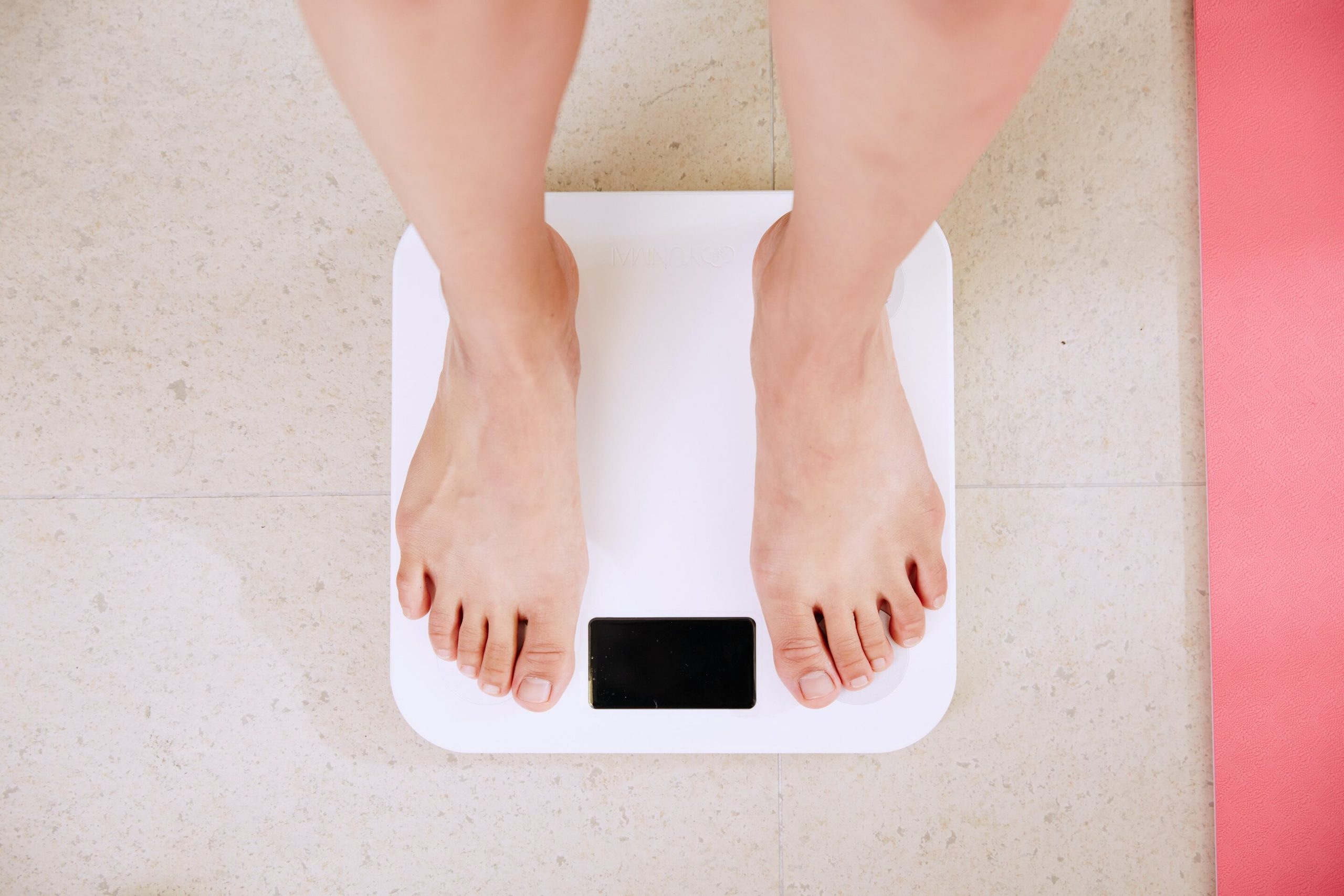
All doses of tirzepatide, a medication approved in the EU to treat type 2 diabetes and obesity, consistently reduced body weight in women and men, but women experienced greater weight loss, according to new post hoc research to be presented at this year’s Annual Meeting of the European Association for the Study of Diabetes (EASD), Madrid (9-13 Sept.).
The post hoc analysis, which included the four SURMOUNT trials, compared tirzepatide with a placebo for up to 72 to 88 weeks in 4,677 adults (2,999 females, 1,678 males) living with obesity, highlighting potential sex differences in the response.
Tirzepatide, a once-weekly glucose-dependent insulinotropic polypeptide (GIP) and glucagon-like peptide-1 (GLP-1) receptor agonist, has consistently shown robust body weight reduction in adults with obesity and overweight, with or without type 2 diabetes in the SURMOUNT trials.
The phase 3 SURMOUNT clinical trials examined the efficacy and safety of tirzepatide versus placebo in people with a BMI of 30 kg/m2 and above, or 27 kg/m2 with at least one weight-related comorbidity without type 2 diabetes (SURMOUNT-1, 72 weeks), with type 2 diabetes (T2D) (SURMOUNT-2; 72 weeks), and without T2D after a 12-week intensive lifestyle intervention (SURMOUNT-3; 72 weeks from randomization), or after an 88 week intervention (SURMOUNT-4; 36-week open label tirzepatide lead-in and 52 weeks following randomization).
The post-hoc analyses examined whether the weight-lowering effects of tirzepatide vary according to sex in these trials. All randomized participants (51-71% female) who received at least one dose of the study drug (tirzepatide 5, 10, or 15 mg, or placebo) were included.
At randomization, the average body weight and body mass index (BMI) for females vs. males was 99.8 vs. 115.2 kg and 38.2 vs. 37.6 kg/m2 in SURMOUNT-1; 94.8 vs. 106.8 kg and 36.7 vs. 35.4 kg/m2 in SURMOUNT-2; 95.4 vs. 112.9 kg and 35.8 vs. 36.1 kg/m2 in SURMOUNT-3; and 79.6 vs. 98.6 kg and 30.1 vs. 31.4 kg/m2 in SURMOUNT-4, respectively.
The researchers examined the average percentage change in body weight from randomization to week 72 (SURMOUNT-1, -2, and -3) or to week 52 (SURMOUNT-4) by sex, as well as assessing the sex differences in the proportion of participants achieving weight reduction targets of at least 5%, 10%, and 15%.
The analyses found that across all trials, tirzepatide treatment was associated with significant weight reduction compared to placebo, regardless of sex—ranging from -11.5% to -27.6% in females and -8.8% to -18.9% in males.
Additionally, the odds of achieving weight reduction targets were significantly higher with tirzepatide treatment compared with placebo in both males and females.
Nevertheless, female participants achieved greater reductions in weight with tirzepatide treatment (up to 24.6%) compared to male participants (up to 18.1%) across all trials.
Similar proportions of males and females achieved the body weight reduction thresholds of at least 5%, 10%, and 15% with tirzepatide treatment in SURMOUNT-1, -2, and -4, or achieved the 15% target in SURMOUNT-3.
However, in the SURMOUNT 3 trial involving adults without T2D, tirzepatide-treated females were significantly more likely to achieve a body weight reduction of at least 5% and 10% than tirzepatide-treated males.
The safety profile was broadly similar by sex, but a numerically higher incidence of nausea and vomiting was noted in females.
“This post hoc analysis underscores the consistent benefits of tirzepatide for women and men. More research is needed to understand the mechanism by which females may experience more weight reduction in these trials,” said lead author Dr. Luis-Emilio García from Eli Lilly and Company, Indianapolis, U.S..
Citation:
Tirzepatide associated with greater weight loss in women than men (2024, September 11)
retrieved 13 September 2024
from https://medicalxpress.com/news/2024-09-tirzepatide-greater-weight-loss-women.html
This document is subject to copyright. Apart from any fair dealing for the purpose of private study or research, no
part may be reproduced without the written permission. The content is provided for information purposes only.

